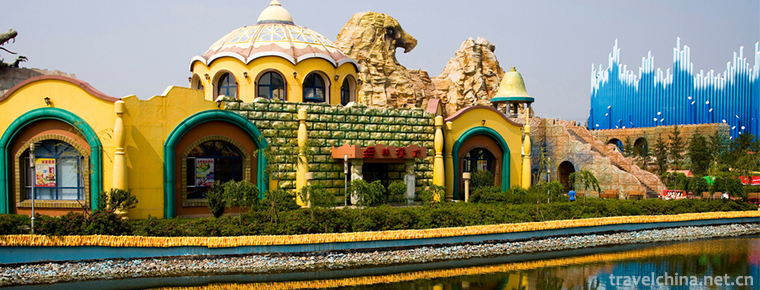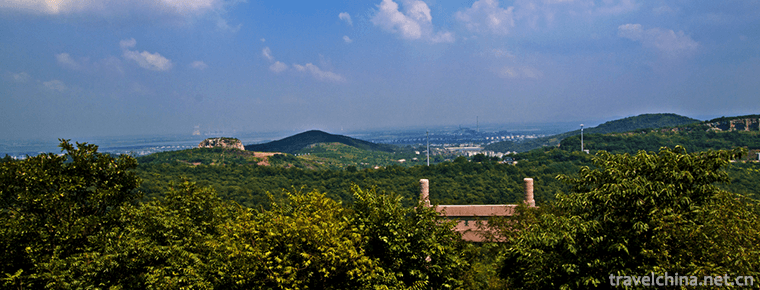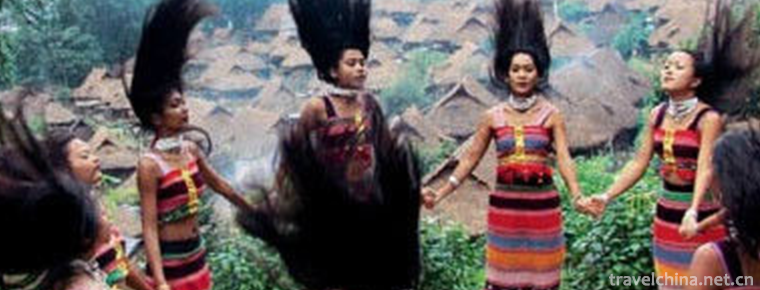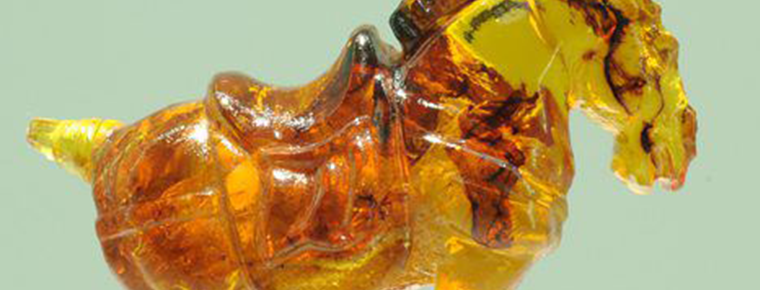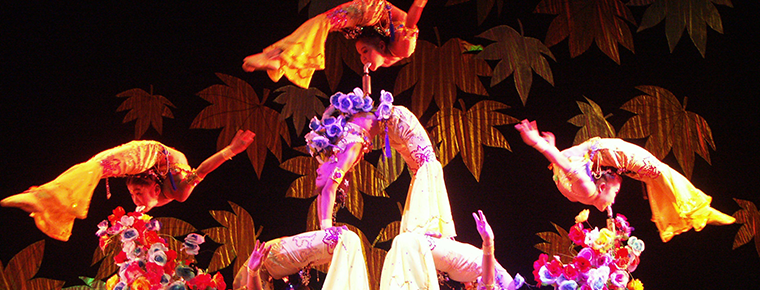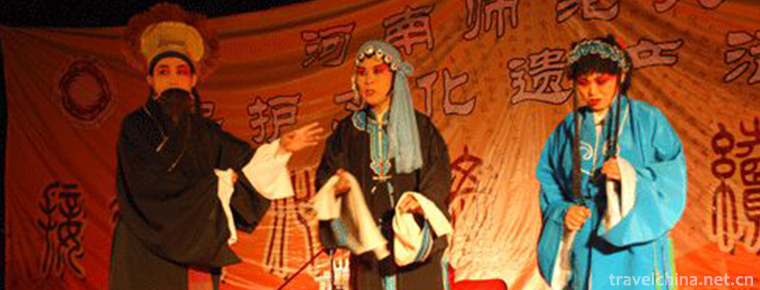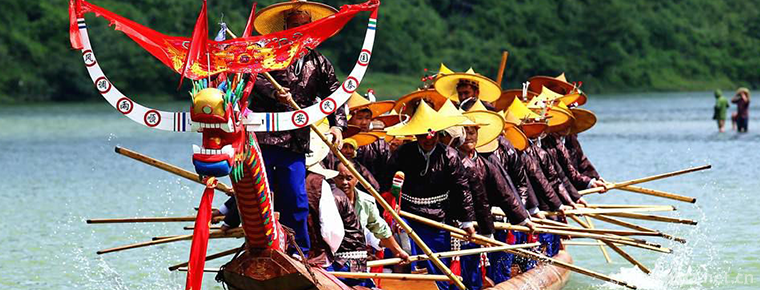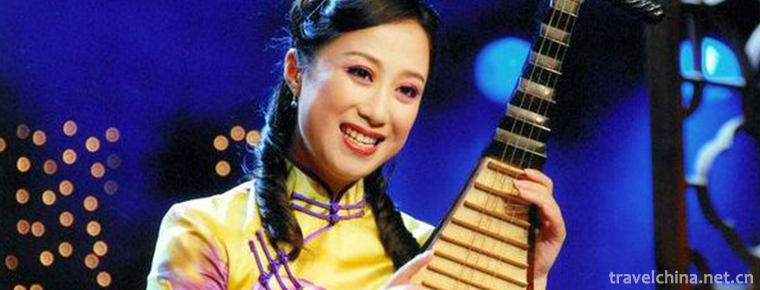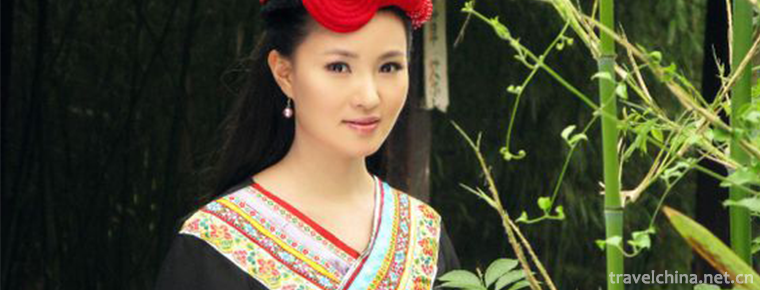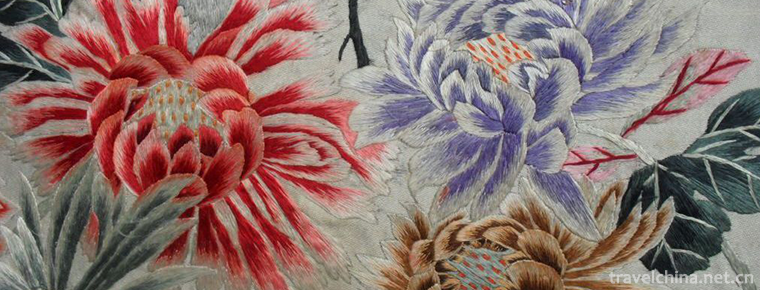Zamuni of Tibetan Nationality Playing and Singing
Zamuni of Tibetan Nationality Playing and Singing
"Zamuni" is also called the Six Stringed Orchestra, a traditional Tibetan plucked instrument. Mainly spread in Lhasa, Shannan, Ali, Lazi (Bahir), Sakya, Angren, Dingri and other places. Tibetan can be translated as "beautiful and melodious voice", which is the main accompaniment instrument for folk songs and dances, and for the performance and singing of Kuangma and Zamuni. It can also be used for self-entertainment in daily life. Zamuni's playing and singing is widely spread in the Qinghai-Tibet Plateau, which has a great influence on the Tibetan inhabited areas in Qinghai and has a long history of playing and singing art. It has a history of more than 1000 years. Zamuni is a Tibetan plucked instrument with a long history. In Tibetan, "Zha" is a sound, "Nie" means pleasant to listen to, and "Zha Mu Nie" means pleasant to listen to. The history of modern Tibetan society has distinct characteristics in national language, music, singing and dancing.
On June 7, 2008, Zamuni, a Tibetan, was listed in the second batch of national intangible cultural heritage list with the approval of the State Council.
historical origin
Zamunie: Also known as "Munie" or "Zhanmunie". The older plucked instruments of the (zang or cang) clan. It has a long history and is widely spread in (Yinzang or Cang) ethnic areas. Because of the six strings, the Han people are called the "zang or cang" six strings. It is the main accompaniment instrument of classical singing and dancing bagma and folk singing and dancing in the West (Yinzang or cang), and also used for solo.
(Yinzang or cang) is a people who can sing and dance. As early as 1300 years ago, Songzan Ganbu period, there were more complete songs and dances. In Tang Dynasty, Zamuni was introduced from the interior to the West (Yinzang or cang). From the ancient murals, it can be seen that Zamuni was not only pulled by hand, but also played by bow.
"Cihai": "Zamunie,... The shape is one size, the body is wooden, the resonance box is like a cut gourd, covered with snakeskin or sheepskin, the pole is long, inexpensive, six strings, two adjacent strings are divided into three groups, according to the four-degree relationship.
artistic characteristics
"Zamuni Dance and Singing" is widely spread in the Qinghai-Tibet Plateau, which has a great influence on the Tibetan inhabited areas of Qinghai and has a long history of playing and singing art. It has a history of more than 1000 years. Zamuni is a Tibetan plucked instrument with a long history. In Tibetan, "Zha" is a sound, "Nie" means pleasant to listen to, and "Zha Mu Nie" means pleasant to listen to. Zamuni is a four-degree relational range piano, which includes three-string piano, four-string piano, six-string piano and eight-string piano.
Zamuni's dancing and singing records the history of modern and modern Tibetan society in a unique artistic form. It has distinct personality characteristics in national language, music, singing and dancing. It fully embodies the humanistic spirit, artistic character, living condition and social style of modern Tibetan society, and has special research value in cultural anthropology, national art and national religion.
Tibetan Zamuni Dance and Singing was listed in the "Second National List of intangible cultural heritage" in 2008.
Introduction of Zamuni
Zamuni, also known as Zanian. Tibetan stringed instruments. Because it has six strings, it is also called the six-stringed piano. It is popular in Tibet Autonomous Region, Sichuan, Yunnan, Qinghai, Gansu and other places. According to the Tibetan historical book "Red History", Zamunie was introduced from the mainland in the Tang Dynasty. Made of mahogany, walnut or sandalwood, 108 cm in length. The speaker is half-gourd-shaped, 29 cm long. The upper part is small and prismatic. The lower part is large and oval. It has Mongolian goat skin or Swertia skin. The piano pole is slender and the fingerboard is of no quality. The piano head is curved half-arc backward, six axes are arranged on both sides, and the top is carved into a faucet or without decoration. It is often used for singing, dancing and singing accompaniment, as well as for instrumental ensemble or solo. The solo repertoires are mostly accompaniments for singing and dancing, such as "Amalehuo", "Dava Slave" and "Yeji Changmu".
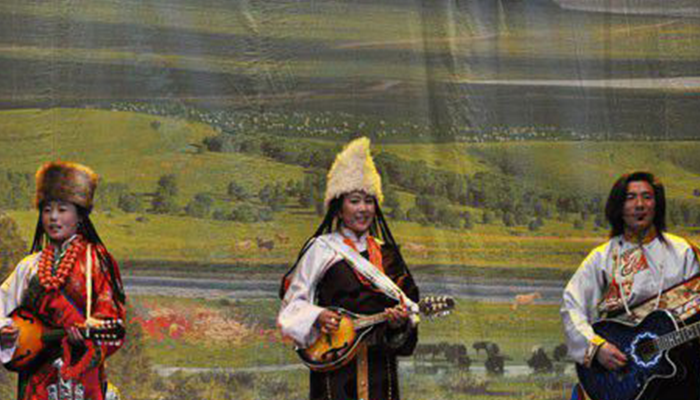
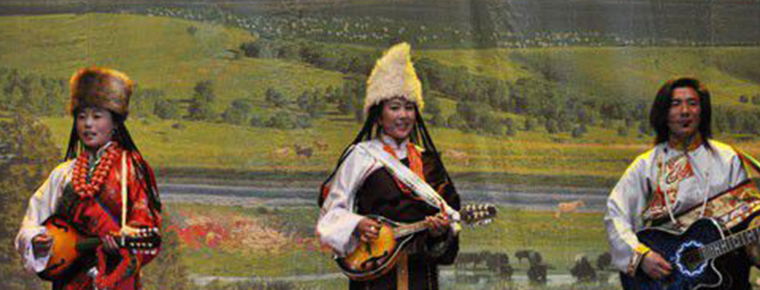
Zamuni of Tibetan Nationality Playing and Singing
-
Changchun Movie Wonderland
Changchun Movie Wonderland, located in Nanguan District, Changchun City, Jilin Province, was founded in 2003. It is a comprehensive tourist area integrating science and technology
Views: 216 Time 2018-12-05 -
Bagong Mountain Tourist Scenic Area
Since 2001, Bagongshan Scenic Area has listed Bagongshan National Geopark, Bagongshan National Forest Park and Bagongshan National AAAA Tourist Area successively. Bagong Mountain is a famous historica
Views: 170 Time 2018-12-23 -
Shenyang Forest Wildlife Park
Shenyang Forest Zoo is a state-level forest wildlife park approved by the State Forestry Administration and the Ministry of Construction. Located in the Chebanshan International Scenic Tourism Develop
Views: 123 Time 2019-02-08 -
Alpine Hand in Hand Dance
"Hand-in-hand dance" is a kind of self-entertainment dance with the longest history and widespread spread spread among the folk dances of the mountain nationality. During the wedding and fes
Views: 111 Time 2019-04-30 -
Amber carving
Fushun Amber, a special product of Fushun City, Liaoning Province, is a national geographical indication product of China.
Views: 132 Time 2019-05-03 -
Jianhu acrobatics
Jianhu acrobatics is a kind of traditional acrobatics art of Han nationality, which originated and spread in Jianhu County, Yancheng City, Jiangsu Province. Historically,
Views: 91 Time 2019-05-05 -
Falling cavity Luoqiang
Luoqiang is a traditional opera in Neihuang County, Anyang, Henan Province. It was originally called Luoziqiang, also known as Anyang Qiang. It is mainly prevalent in the Zhanghe River Basin in the no
Views: 372 Time 2019-05-15 -
Miao Dragon Boat Festival
Every year from May 25 to May 27 of the lunar calendar, the Miao people living in Shibing and Taijiang counties of Guizhou Province along the Qingshui River hold this grand gathering. The Dragon Boat
Views: 152 Time 2019-06-05 -
Quyi
Quyi is the general name of all kinds of "rap art" of the Chinese nation. It is a unique art form formed by the long-term development of folk oral literature and singing art. According to in
Views: 171 Time 2019-06-11 -
She Costume
She nationality's men and women's clothing is basically the same as that of the local Han people. However, the She ethnic costumes in Fujian and Zhejiang provinces with relatively concentrated populat
Views: 365 Time 2019-06-14 -
Suzhou embroidery
Suzhou embroidery is the general name of embroidery products in Suzhou area. Its origin is in Wuxian, Suzhou. Now it has spread all over Wuxi, Changzhou and other places. Embroidery and silkworm reari
Views: 135 Time 2019-06-17 -
Introduction to Panzhihua
Panzhihua, a prefecture level city of Sichuan Province, is located in the southernmost end of Sichuan Province, 614 km away from Chengdu in the north, 273 km from Kunming in the South and Lijiang and Dali in the West; it is located in the central and southern section of Panxi Rift
Views: 666 Time 2020-12-14
